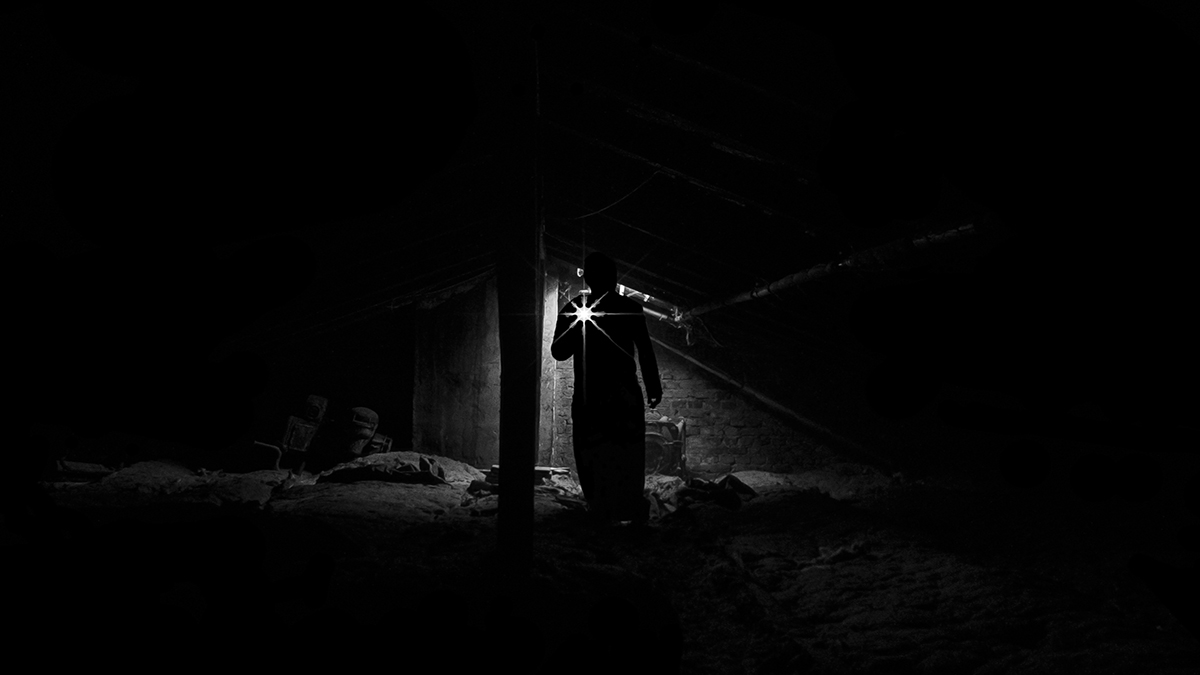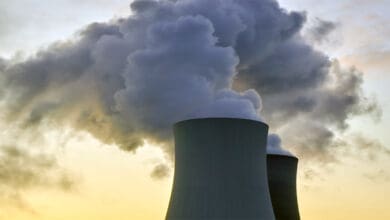Amid a delay in the monsoon season, Pakistan continues to sizzle under the scorching sun and suffer agonising load-shedding as the power shortfall stubbornly persists at over 8,000 MW and generation of 19,000 MW against the peak demand of 27,000 MW, according to a Pakistan Electric Power Company (PEPCO) official.
Power planners said that re-gasified liquefied natural gas plants of over 3,600 MW were producing less than half of the total generation because of reduced gas supplies and hydropower contribution fluctuated between 4,600 MW and 5,200 MW because of water shortage and low dam levels, Dawn reported.
“This has been the situation for many days and the important question is how long it will stay this way. It depends on two variables: temperature drop or water supply improvement. However, this scenario has a contradiction: if the temperatures drop, so would the melting of snow and, therefore, water supplies. If they don’t, demand would not come down and keep testing the power generation, transmission and distribution capacity of the country and planners,” said an official involved in planning.
An official of the Lahore Electric Supply Company (LESCO) said that Pakistan’s urban centres are now suffering up to six hours of load shedding while Lahore was getting just over 70 per cent of its demand of over 5,550 MW.
“This naturally translates into eight-hour load shedding if a straightforward calculation is made. However, power outages have many more variables: system constraints, overloading and overheating of the distribution system, revenue-based load shedding and sudden drop in generation for any reason. All these factors add to the power supply problems and making people’s lives miserable,” he said.
“The company is aware of the situation but can hardly do anything about it,” the official confirmed.
Calling it a crisis of leadership and coordination, a former PEPCO head criticised the planning of dry-docking of a Floating Storage Regasification Unit (FSRU) during a low-water month, without planning an alternative, Dawn reported.
Meanwhile, citizens from several cities of Pakistan’s Punjab, including Lahore, Multan, and Gujranwala, took to the streets on Friday to protest the prolonged, announced electricity load-shedding in their respective areas.
Citizens say that load-shedding lasts for six to eight hours in most Punjab cities, including Lodhran, Bahawalpur, and Bahawalnagar, whereas it lasts for 10 to 12 hours in rural areas.
Geo News reported that hordes of people, affected by the power crisis, flocked to the streets, set tires on fire and blocked roadways. In Lahore, intermittent load-shedding has been going on for the last 24 hours, agitating the citizens as they have to bear the sweltering heat.
In January this year, several cities across Pakistan, including the capital Islamabad had plunged into darkness for several hours following a massive nationwide electricity blackout.













